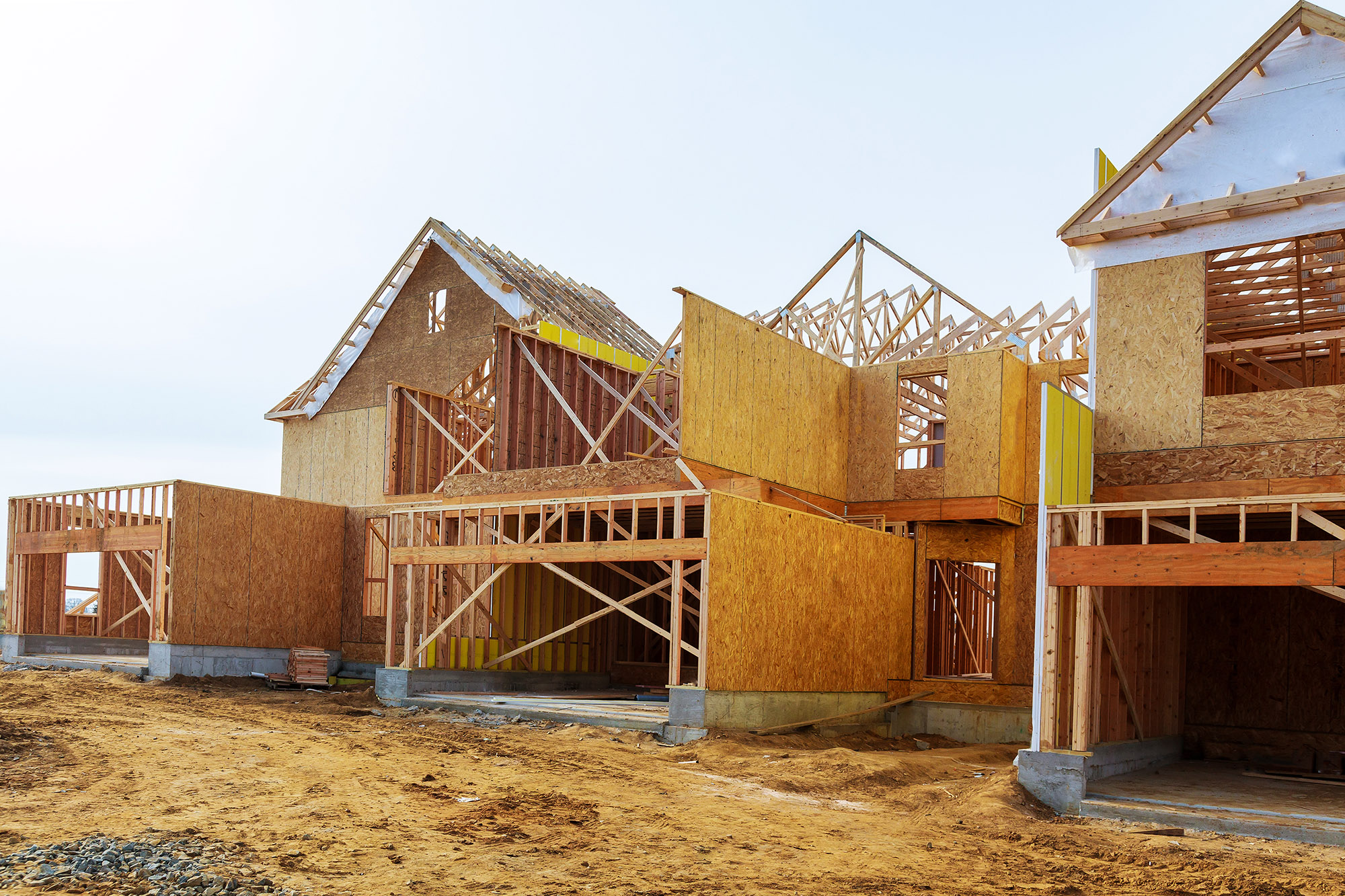Forest Management Programs and Housing Affordability: Lessons from Southern Ontario
Research on incentivized forest management in Canada and the United States has focused primarily on participation and landholder characteristics with less attention given to the spatial and urban development implications of these programs. Additionally, very little has been published about how property tax incentive programs, aimed at conserving forest resources in urban, peri-urban, and rural residential areas, are affected by changing land values and how these programs might impact affordability for current and prospective homeowners.
In a new Center paper, I start to fill some of these gaps by examining the use of the Managed Forest Tax Incentive Program (MFTIP), an Ontario provincial program that offers property tax reductions to promote the active management of forested lands. To qualify for the program, landowners must have at least four hectares of eligible forest land and must submit an approved forest management plan every ten years. Once in the program, the land is converted to a ‘Managed Forest’ land classification and owners are taxed at 25 percent of the municipal tax rate set for residential properties. The program began in the mid-90s and at present has approximately 18,900 properties enrolled covering a total area of 1,854,000 acres.
Using a mixed-methods approach, I assessed three related questions:
- What are the spatial and social impacts of efforts to conserve forests?
- Do incentivized conservation efforts help owners of modest means who might otherwise find it difficult to pay property taxes?
- How do environmental incentive programs affect housing affordability for people of modest means who do not currently own homes and are looking to move to the region?
I focused on the use of the program in the Region of Peel in southern Ontario, which is comprised of three municipalities (Mississauga to the south, Brampton in the middle, and the Town of Caledon to the north) and is home to just under 1.5 million people. Within this region there are approximately 352 parcels of land totaling 10,793 acres in the MFTIP program. Due to the varied topography, this transect provides a good overview of the diversity of conditions ranging from impervious built-up areas in the south, to more pervious unbuilt areas in the north. Moreover, the area is experiencing growth at a faster rate than similar municipalities in Ontario and the number of households with affordability issues is increasing.
To assess the program’s impacts, I combined interviews with municipal planners, environmental consultants, and landowners with statistical and spatial analyses of specific sites within the region.
My analyses showed that the MFTIP program is conserving land primarily in the northern rural area of this region – principally in the Town of Caledon. Using GIS mapping, I analyzed the spatial distribution of program uptake and, unsurprisingly, found these properties are located on and in close proximity to forested lands. Of interest was the fact that the majority of these forested lands also contained a residence with a median assessed property value of $796,000 Canadian dollars. I found no significant connection between enrollment in the MFTIP program and housing affordability (rate of owner and tenant households spending 30 percent or more of income on housing costs).
However, an assessment of social, economic, and environmental variables indicated a significant relationship between areas with high program uptake and older adults. While it appears that older owners are more likely to make use of the program, it’s not clear that this means it is helping people who might otherwise be unable to afford property taxes on their holdings. Finally, the analyses indicated that the reduced property taxes associated with the program have not made housing more affordable for potential new residents seeking housing in Caledon.
In the end, my paper suggests that, while the MFTIP program has done a decent job of preserving forested land, the data are at best inconclusive about whether the program is addressing issues of affordability. What is apparent, however, is that we have both a climate crisis and a housing crisis, and incentives like the MFTIP program could be one of a host of integrated tools that planners and policymakers use to incorporate environmental concerns in the development of affordable housing options.

